For those of you not familiar with Winchester, a brief history on the company and their lever action rifles.
Oliver Winchester was an American industrialist, early venture capitalist and, in the mid to late 19thcentury, was a driving force in firearms development. His first success in firearms was in 1860 with his newly formed New Haven Arms Co. and Benjamin T. Henry’s patent Henry Rifle. The Henry rifle won much acclaim in the American Civil War and it is this rifle design that is the basis for the lever action format most of us think of today. Following on the success of the Henry, the Winchester Repeating Arms Co. was founded and the first gun the new startup produced was an improved version of the Henry, the Winchester Model 1866. Seven years later and the introduction of the firm’s second rifle, the Model 1873 colloquially known as “the gun that won the west”, solidified Winchester’s place in gun making history.
Each of these new rifles were based on a design first developed by Walter Hunt for a breach loading repeating action operated by a lever with a tubular magazine under the barrel. When the lever is dropped, it ejects the spent case and cocks the hammer. When the lever is closed it lifts a round pushed from the spring-loaded magazine, closes the rifle’s bolt and chambers the loaded cartridge. These rifles became known Worldwide for their reliability and increased firepower and were adopted by both domestic and foreign armies as well as part and parcel to the U.S. expansion westward.
Much of Winchester’s success was due to the cutting-edge firearms designs the firm was producing. Always in search of the next big thing, it was not long until a young Mormon gunsmith and his newly designed falling block single shot rifle caught the company’s attention. In 1883 that young inventor, John Moses Browning, sold the company the rights to the design for what would become the Winchester Model 1885 High Wall. This would be the first of 44 patents the Winchester Company would eventually buy from Mr. Browning over their almost 20 years of collaboration. John Browning would go on to become one of the most important and prolific firearms designers in history. In turn, and due in part to Browning’s gun designs, Winchester remains one of America’s greatest gun makers to this day.
Of all the guns that this historic partnership produced, it is the Model 1886 that I think was the best. The Model ’86 was the second design Winchester contracted from Mr. Browning and, like many of Mr. Browning’s designs, some version of it remains in production today. While the ’86 incorporated design fundamentals from the Henry and the Models 1866 and 1873, the action is heavier and has a modified bolt and the addition of a locking-block bar. Strengthening the lock up and beefing up the action allowed the ‘86 to handle the most powerful black powder centerfire cartridges of the day, such as the .45-70 Gov’t, the .45-90 WCF and the .50-110 Express.
By the late 19thcentury, Winchester rifles were in use around the World by foreign armies as well as by adventurers and explorers such as Henry Morton Stanley. A few British Firms such as Watson Bros. (who imported Stanley’s Winchester rifle) imported Winchesters to serve the small but growing demand for the reliable and powerful repeating rifles. The firm Boss & Co., famous today for its O/U shotguns, also ordered what is believed to be 49 Winchester rifles prior to WWII.
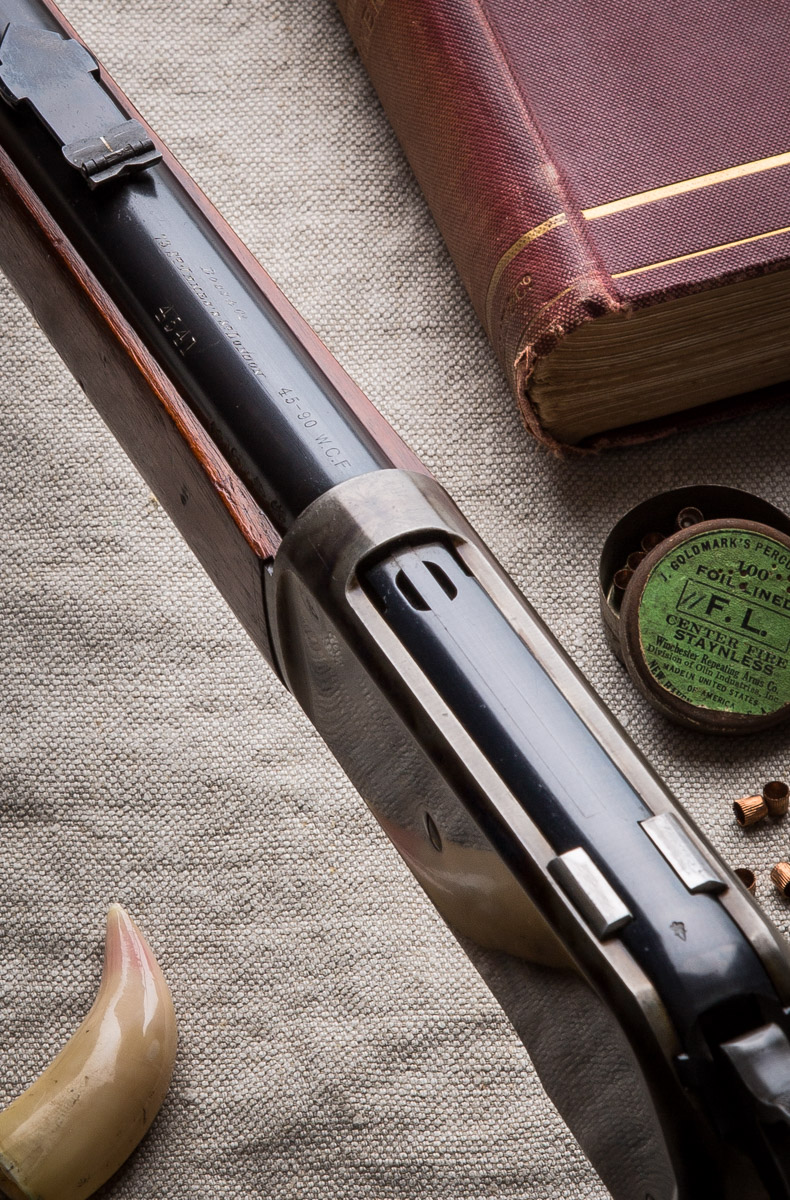 The Winchester Model 1886 pictured here is one of those rifles imported to England by Boss & Co.
The Winchester Model 1886 pictured here is one of those rifles imported to England by Boss & Co.
On the top of this rifle’s barrel it is engraved between the rear sight and the receiver, “Boss & Co. 73 St. James’s St., London” and under the company’s name and address the number “4541”. The Boss & Co.ledgers shows entry “4541” as a “Winchester Repeating Arms Co. Model 1886 in .45-90 fitted with a half magazine” and shows it was imported in 1897. On the barrel, the bolt and an annealed spot on the color hardened action, the gun is stamped with the period’s London proofs.
The rifle’s original serial number is 110455 and according to Winchester records was shipped from the factory in 1896 and made with a 26” round barrel, a half magazine and a shotgun butt and chambered for the black powder cartridge .45-90 WCF. Most commonly, the standard Model ’86 had an octagon barrel, full magazine and a crescent shaped butt. The standard configuration was heavy though and the crescent butt was quite uncomfortable for shooting such powerful rounds. This Model ‘86 shipped to Boss & Co. was a special order with its round barrel and “button” style magazine that was “half” the length of a standard one. The round barrel and shorter magazine made the rifle a bit lighter and handier than most Model 1886 and the “shotgun” butt is flat making the rifle’s considerable recoil more manageable. All Model 1886 receivers were color case hardened until 1901 and this rifle displays almost all the original case colors. The barrel has a perfect bore and retains probably 98% of its original rust blue finish. The original factory varnish on the stock remains just as strong as the rest of the rifle and even the fragile Nitre blue on the loading gate is still wonderfully bright.
While I am anything but an expert on Winchester firearms, I think anyone can easily recognize this Winchester is one helluvarifle, no matter where it was made.

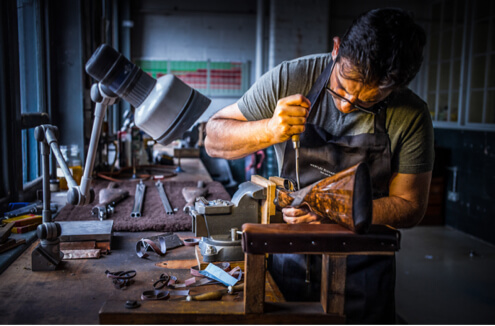
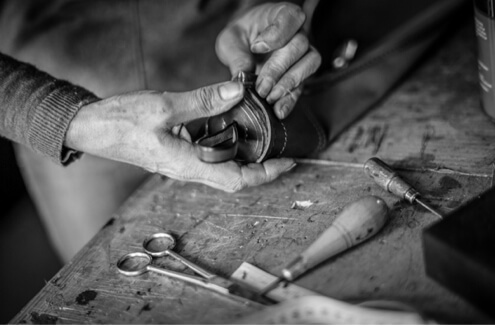
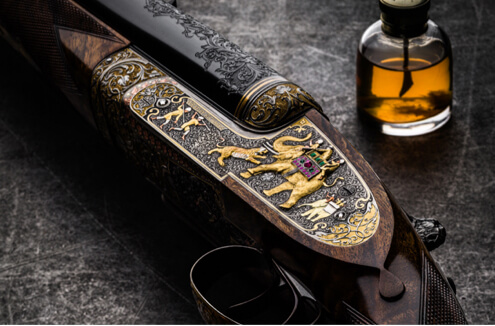
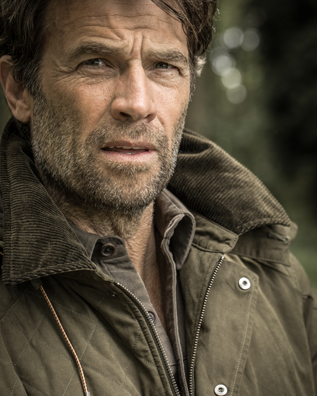
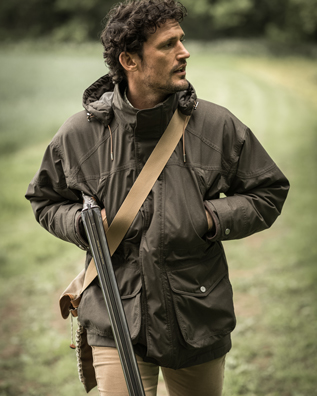
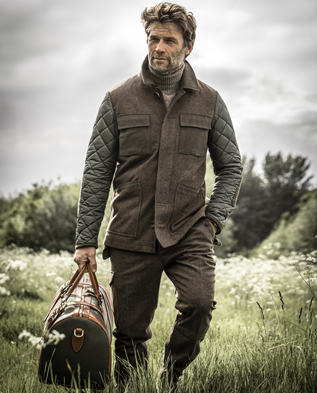
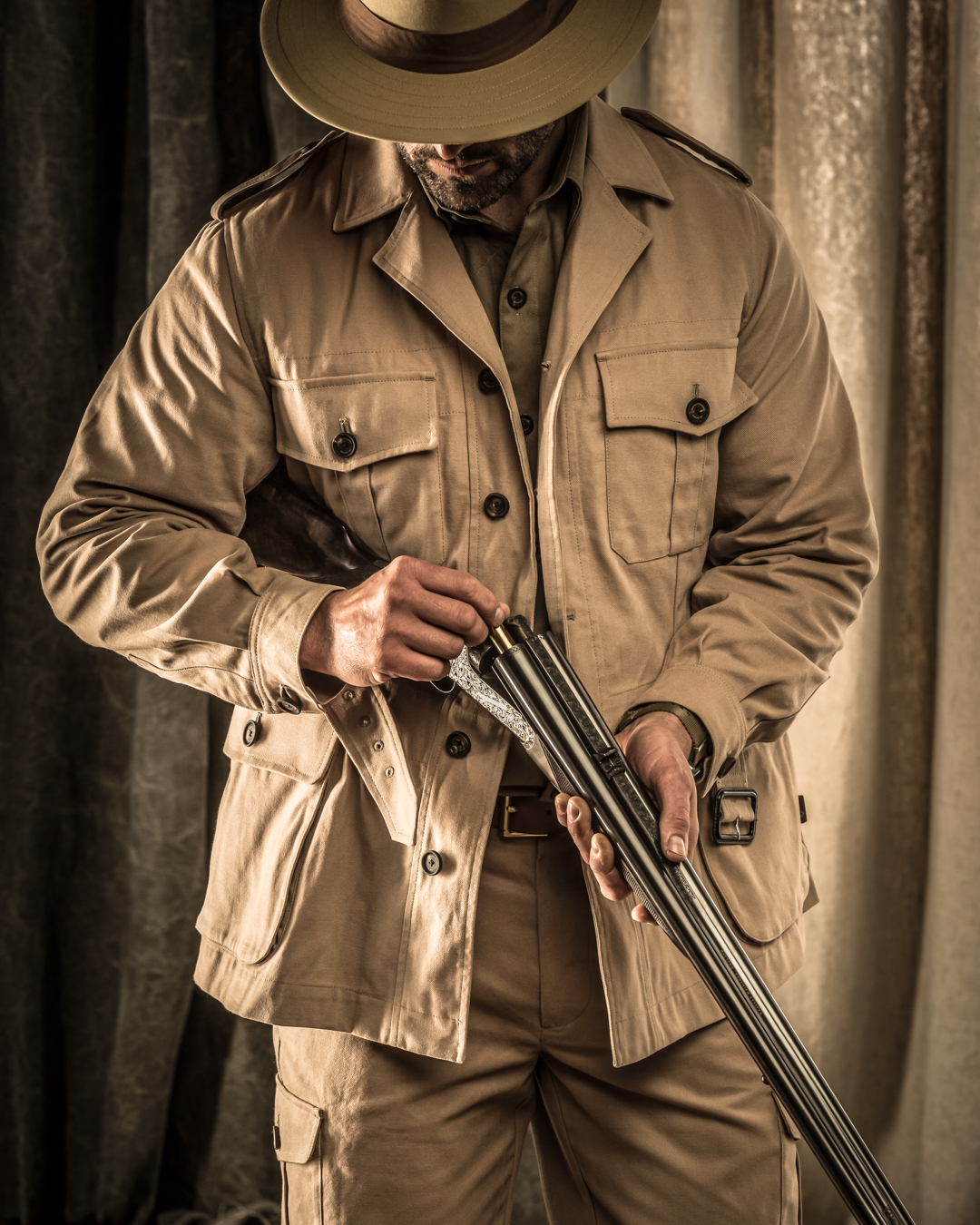
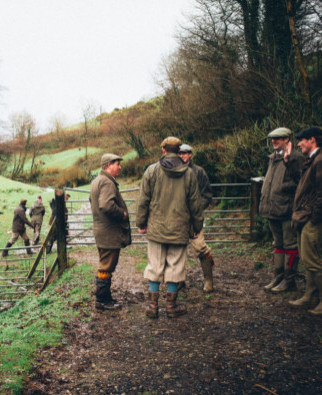
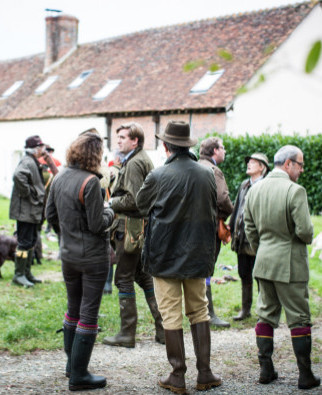
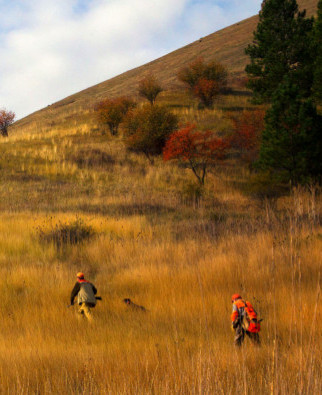
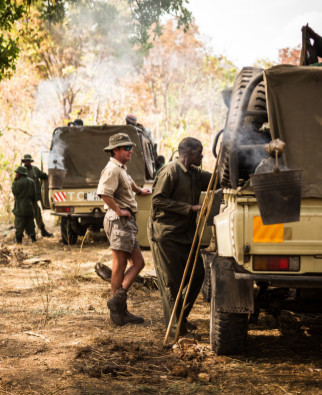
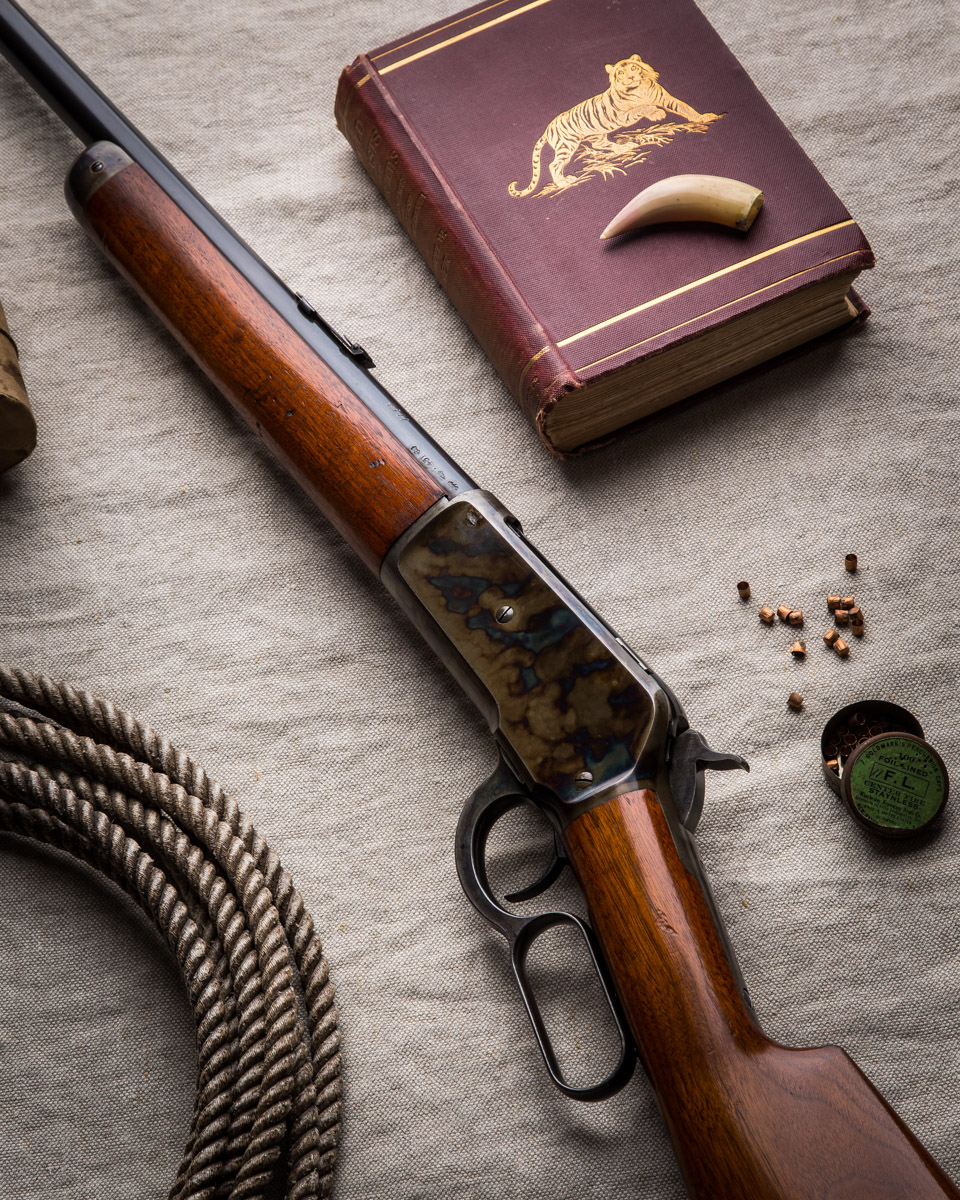
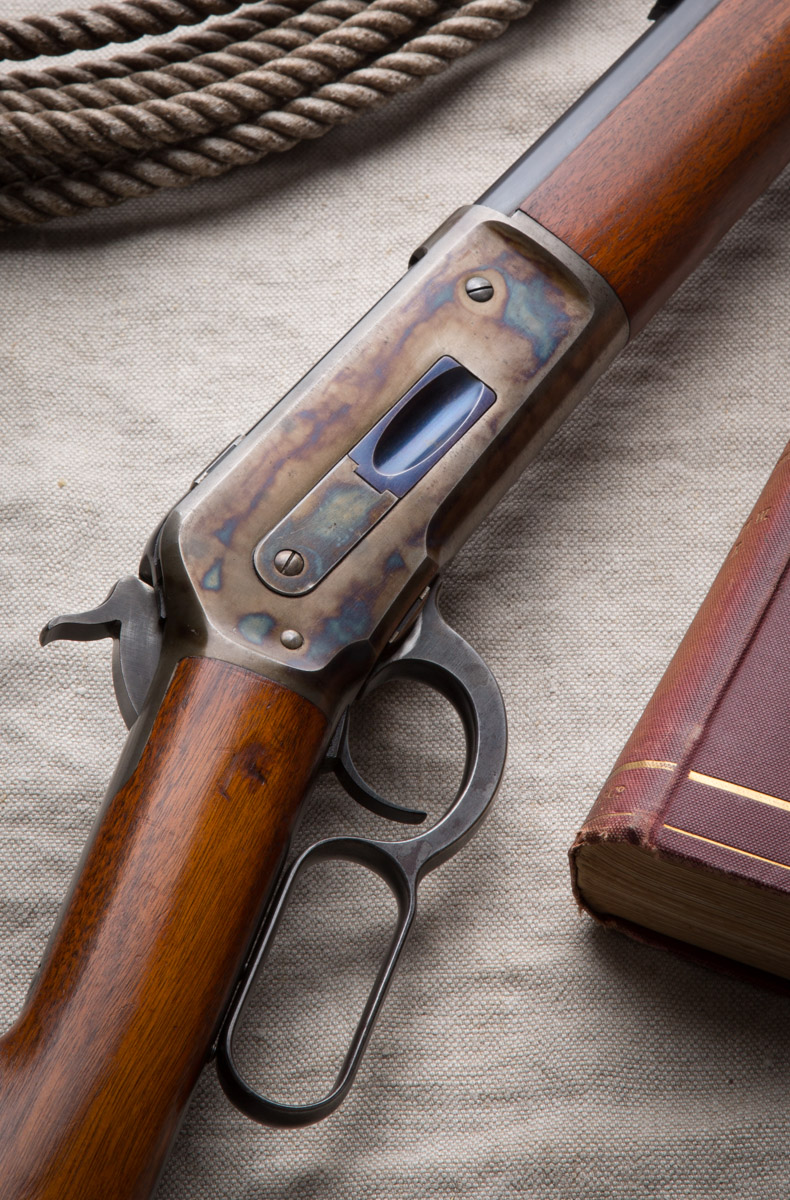
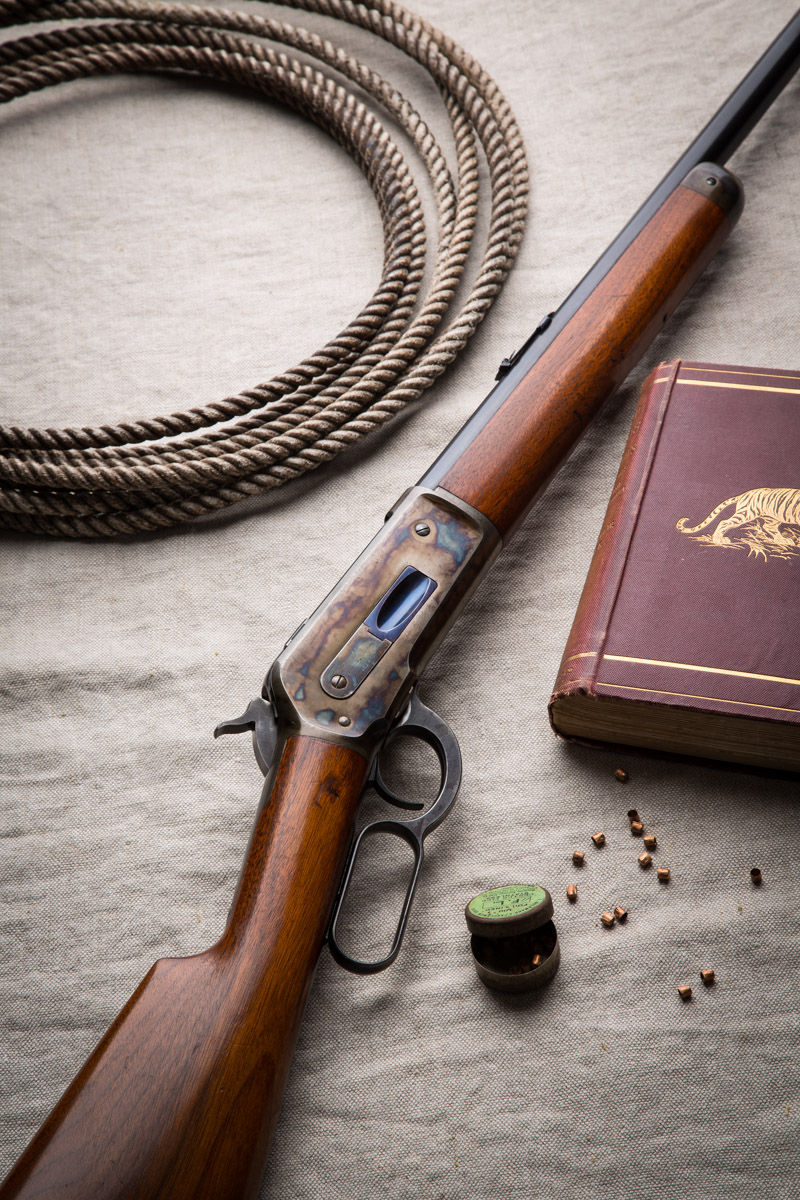
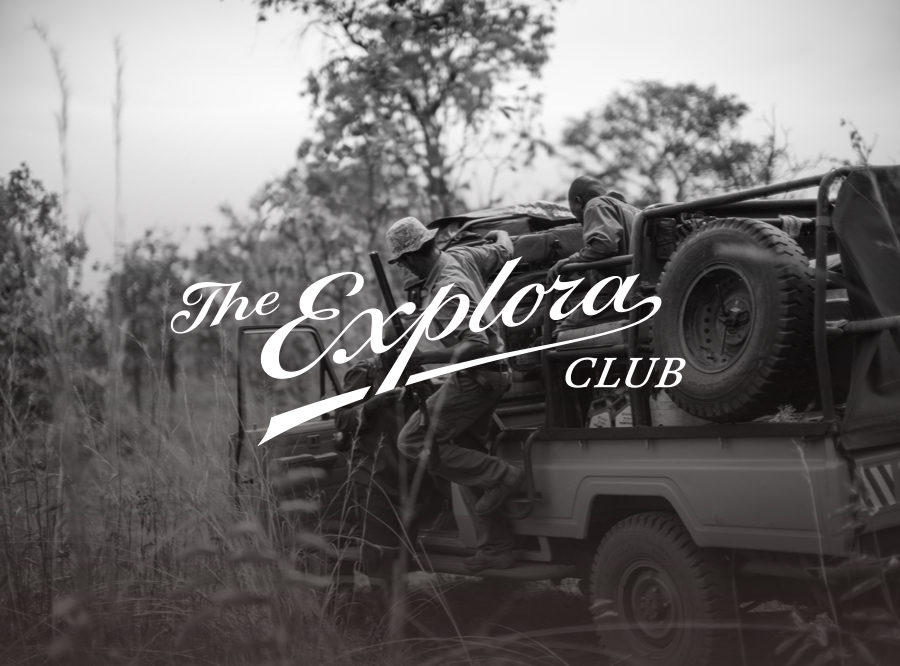
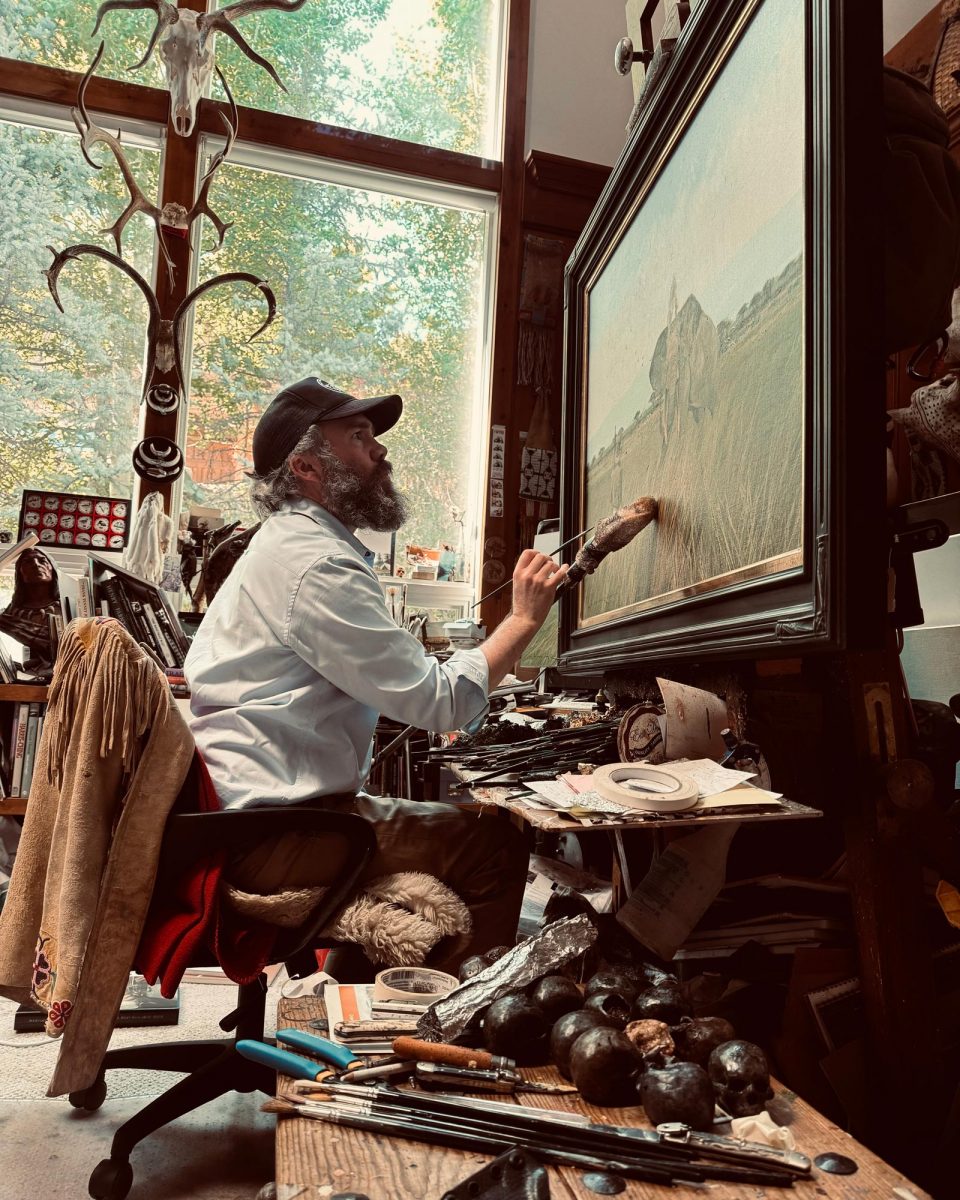
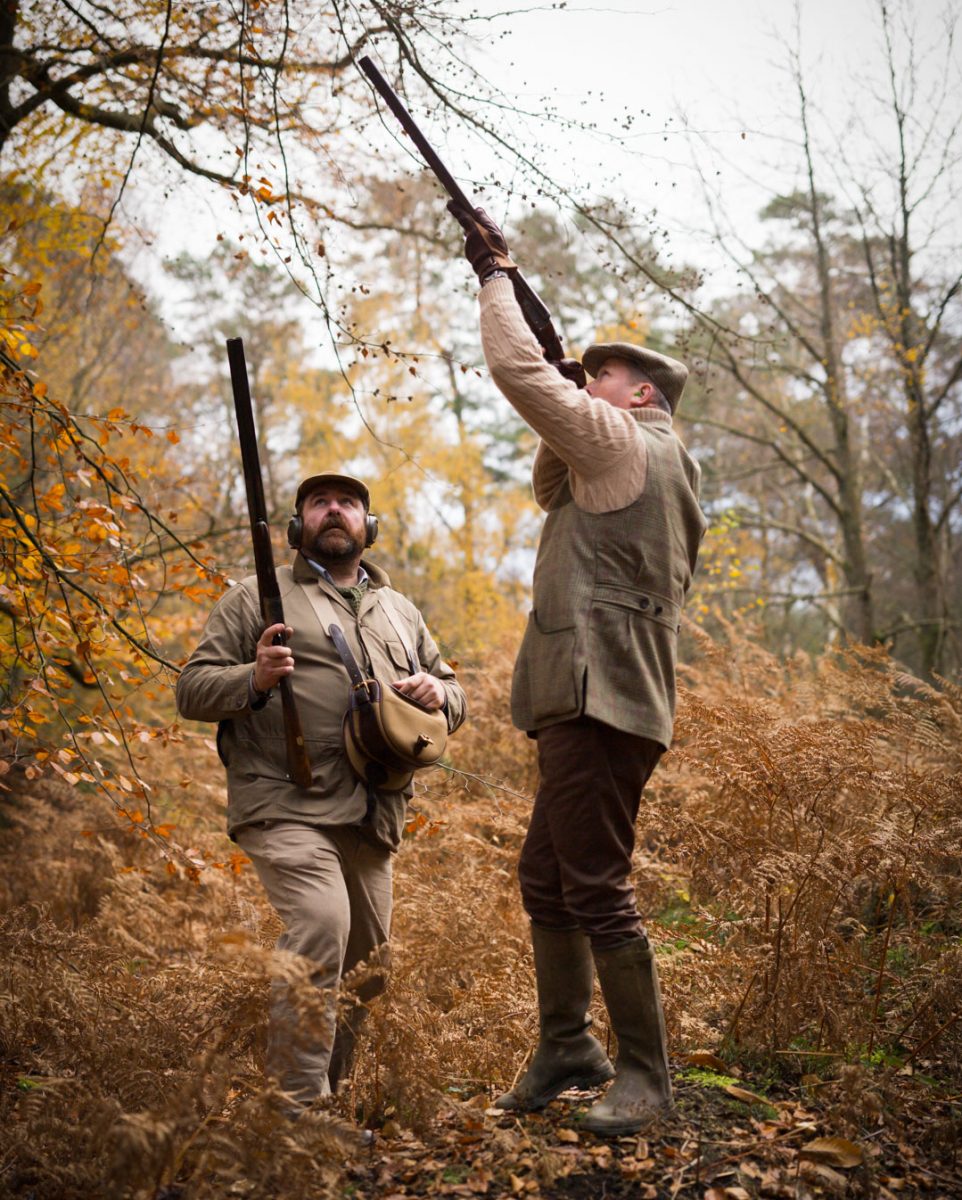

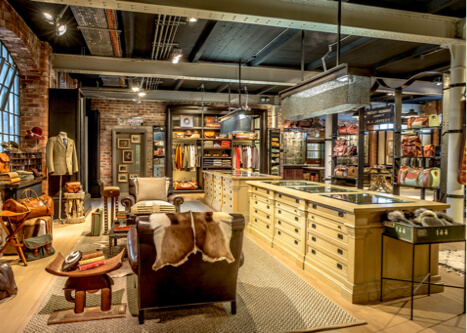
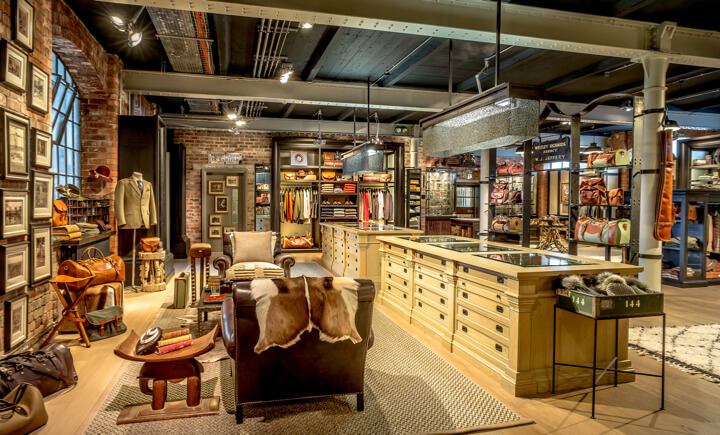
Peter Buckley. on July 14, 2018 at 2:05 pm
Hi L.D.
Great article, wonderful photos!
It’s some time since I remember only touching on another great American rifle on the “Explora” I think it was in January 2017 when Trigger posted some early postcards of ‘Safari’ scenes and a question arose about a rifle in two of the depicted scenes, it turned out to be a Winchester 1895 Model in 405 calibre a favourite of Theodore Roosevelt.
Only for articles such as yours we perhaps wouldn’t realise that the ‘Winchester’ rifle was used by so many English sportsmen and women and “explorer’s” in the late 1800’s and early 20th centuries.
The 1886 model lever action pictured is what I would automatically think of as your stereotypical Winchester rifle but from your description it’s certainly different in so many respects, correct me but wasn’t the 45-90 WCF cartridge introduced also in 1886?
I remember reading somewhere that “The London Armoury” were also agents for Winchester rifles.
If guns like this could only speak for themselves what fabulous stories they could tell!
Thank you for your great article.
Kind regards
Peter.
LD McCaa on July 14, 2018 at 6:05 pm
Thanks Peter for the kind comments.
It is my understanding that Winchester did introduce the .45-90 WCF with the introduction of the Model 1886.
I have also read about the connection with The London Armoury and that The Royal Flying Corps ordered Winchester Model 1886 rifles chambered in .45-90 WCF and in a similar configuration to this one.
I'm glad you enjoyed the article; going forward I hope to widen the scope of second hand guns and rifles we handle and talk about on the blog.
Peter Buckley. on July 15, 2018 at 6:25 am
Hi L D
Your quite right as regards to the Winchester lever action being used by some members of the RFC crews as defensive weapons.
The Winchester Model 1903 Semi-Auto .22 was on lend lease to be used mainly for training purposes.
Another American sidearm was in use with the RFC Colt 1911 but in .455 calibre.
Kind regards
Peter.
Chris Buckingham on July 20, 2018 at 12:47 pm
This 1886 Winchester action is indeed very strong, with the 2 tenon passing up through the blot to form a positive lock it is a great improvement on the 1873 toggle action, I think this action came about as an answer for the need of more powerful cartridges than the pistol calibers used earlier , I have a very similar rifle in the 50-110-350 calibre, and I think this was popular in India, although only very few were made in that calibre. Many thanks for an excellent series of photos on this find !
Regards,
Chris B.
Alan David on July 21, 2018 at 1:55 am
For what its worth the few Model 1886 Winchesters that were purchased in the Great War by the UK had full length magazines, the exact quantity of rifles purchased is unknown but thought to be around 50 or less. They were initially purchased for use with incendiary ammunition that was being developed for use against Zeppelins.
The Model 1903 Winchesters were purchased in the Great War from the trade including the London Armoury Co and William Evans. They were attached to a Lewis Gun with a devise, so they could be used for training indoor or on 25 yard range.
Regards
Alan David
Sydney
James york on April 25, 2020 at 3:19 am
I have a Winchester model 1886 from the 45 gun sent to boss shotgun on the same work order,it has 4505 engraved on reviver.very rarely do you find we’re Winchester order are sent. I wrote to boss shotgun about my rifle and they had just Foundthe record on the shipment from Winchester. We’re are the other 43 at? Thank you - James york